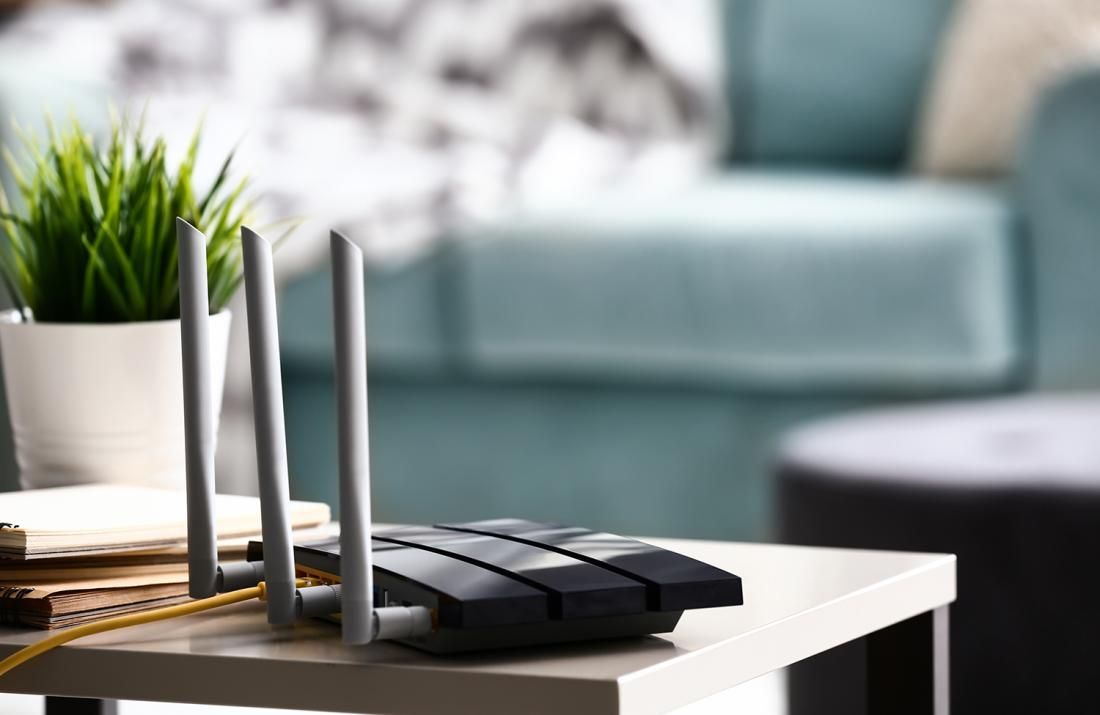Energy Efficiency
The cable industry has set energy-saving goals that have saved consumers billions and reduced its impact on the environment.
Cable Energy Efficiency Goals
The cable industry has set energy-saving goals that have saved consumers billions and reduced its impact on the environment. An agreement to cut set-top box energy usage, established in 2012, has cut the aggregate energy use of set-top boxes by 57%, saved consumers almost $12 billion in electricity costs and prevented nearly 64 million metric tons of CO2 emissions, according to the most recent report.
In another agreement, the industry in 2015 agreed to reduce the energy consumption of equipment of routers and modems. More than 98% of new modems, routers and other internet equipment purchased and sold in 2021 to U.S. residential broadband subscribers met targeted energy efficiency levels, exceeding the goal of 90%.
Technology innovation has created new products – such as light sleep DVRs, more efficient internet equipment and low-power TV adapters – that also have reduced energy use and saved consumers money.
In addition to industry initiatives, individual cable companies have implemented their own energy efficiency programs, such as investing in more environmentally friendly fleet vehicles, finding ways to recycle electronic waste, planting thousands of trees through the support of the Arbor Day Foundation and purchasing solar power for its operations facilities.
Both Charter Communications and Comcast have committed to be carbon neutral in their operations by 2035, and Comcast has pledged to double its network energy efficiency by 2030, cutting the electricity per consumed terabyte of data in half. Comcast also has partnered to recycle its customers’ end-of-life coaxial cables.
Energy Innovations
More than 99% of internet modems, routers and other consumer broadband equipment purchased and sold in 2020 for use by U.S. residential broadband subscribers met energy-efficiency standards.



